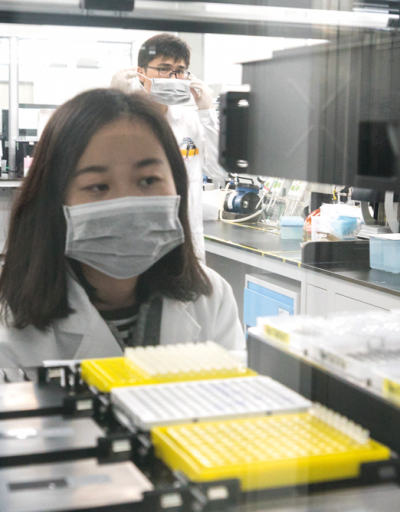Made in China 2025 (2015) sets out to help ten strategic industries reduce China’s (chapter 23) reliance on certain core foreign technologies through government subsidies, the mobilization of state-owned enterprises and pursuit of intellectual property acquisition. These cutting-edge manufacturing sectors include electric cars, aerospace engineering, biomedicine and advanced robotics and artificial intelligence (AI).
By 2030, China aims to be ‘the world’s primary centre for innovation in AI’. It is already the world’s biggest owner of AI patents but lacks top-tier talent in this field. The government has launched megaprogrammes in science and engineering to 2030 that include quantum computing and brain science.

China’s own strategic industries desire greater government protection of their intellectual property. The Anti-Unfair Competition Law was amended in April 2019 and the Patent Law in 2020 to offer better protection for trade secrets and patent-owners’ rights, respectively. China has also established its first courts specializing in intellectual property.
The Law on Promoting the Transformation of Scientific and Technological Achievements (1993), also known as China’s Bayh-Dole Act, was amended in 2015 to help universities and public research institutes transfer technology to industrial organizations. This may encourage both central and local governments and enterprises to invest more in basic research, which accounted for just 6% of GERD in 2018.
China is targeting carbon neutrality by 2060. In order to reach its 20% target for non-fossil energy consumption by 2030, it is developing nuclear power, hydropower, wind and solar energy. In parallel, the number of permits granted for new coal plants has risen since 2019.
Chinese companies are being encouraged to engage in scientific co-operation with countries partnering in the Belt and Road Initiative. The adoption of a series of guidelines in 2017 aims to set this initiative on a ‘greener’ trajectory.
Among the top 40 countries for number of publications with their top collaborator
Between 2014–2016 and 2017–2019, China rose to third place among top research partners by volume of collaborative publications.
Source: UNESCO Science Report: the Race Against Time for Smarter Development (2021); data sourced from Scopus (Elsevier), excluding Arts, Humanities and Social Sciences, by Science-Metrix and animated by Values Associates

in energy consumption by 2030
- Figure 23.1: Rate of economic growth in China, 2008–2019
- Figure 23.2: Trend in China's birth rate, 2008–2019
- Figure 23.3: Trends in research expenditure in China
- Figure 23.4: Trends in human resources in China
- Figure 23.5: Trends in scientific publishing in China
- Figure 23.6: Number of IP5 patents granted to Chinese inventors, 2015–2019
- Table 23.1: China’s megaprogrammes in science and engineering to 2030
- Figure 23.7: Geographical extent of the Belt and Road Initiative, 2020






